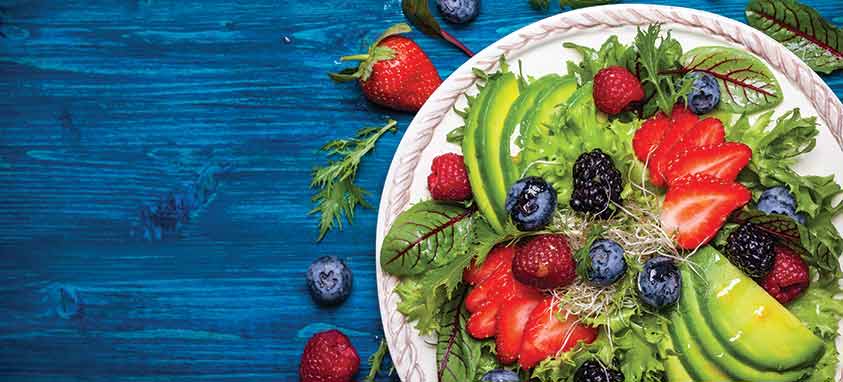With all the news coverage of “planetary health diet”—a set of guidelines designed to promote eating habits that are good for the planet and for our bodies—sustainable food is back in the spotlight. Wellness and eco-friendly eating aren’t just fads any more; they’re a crucial shift in the way we engage with food. Caterers are uniquely positioned to promote them—and profit from them. So what are the new guidelines and how can you put them into practice?
Which Foods and How Much
The basic idea is simple: the production of certain kinds of food has a high environmental impact. But food groups which are better for the planet, it turns out, are also healthier for us. The report outlines how much of each food group a typical adult should eat in an average day. For example, we should be eating around 232 grams of staples such as rice, wheat, and corn; 300 grams of non-starchy vegetables; and only 14 grams of red meat. This poses some obvious problems for caterers. What client is going to be happy with a tiny portion of meat or half an egg? And how do you know what else clients have been eating all day? The key to understanding these guidelines is to remember that your daily intake is allowed to vary, as long as your consumption over the week averages out. It’s fine to save up those 14 grams of meat so your guests can enjoy a steak once in a while. This means you’ll need to change your approach to going green.
Sustainable catering has long been based around plant and animal products that are local, organic and ethically raised; but while sourcing great produce is obviously important, a serving of line-caught salmon is still going to use up your clients’ recommended fish intake for the week. If you think it’s safe to assume that your clients are consuming plenty of animal products elsewhere in their lives, consider cutting these out of your menu altogether. As vegetarian and vegan cuisine gains ever more acceptance as a legitimate option rather than second best, chances are that diners won’t miss the meat anyway.
Explain the Menu Choices
You don’t have to ditch restricted items completely, of course. Just consider how to get maximum impact when you do use them, rather than taking them for granted. Meanwhile, inform your clients about how and why you’re improving your menu, or even provide them with a fact sheet about their meal. Done well, this can be a great way to add a more experiential aspect to your catering. If you offer a buffet service, then you can even label items by their food group and let diners choose for themselves how to use their daily allowance.
Letting your clients know about your green practices is also a great way to boost business. As a recent report by Nielsen has shown, sustainable companies see a big difference in growth. The support for wellness and ethically-sourced food has demonstrated that people want to know more about what they’re eating. Rethinking your menu to prioritize your clients’ and the planet’s health is the next step. It’s sure to help your event stand out.
Rosemary Brook-Hart is a writer and a team member at Spacebase, a global booking platform for workshop spaces, meeting rooms, and event locations.




